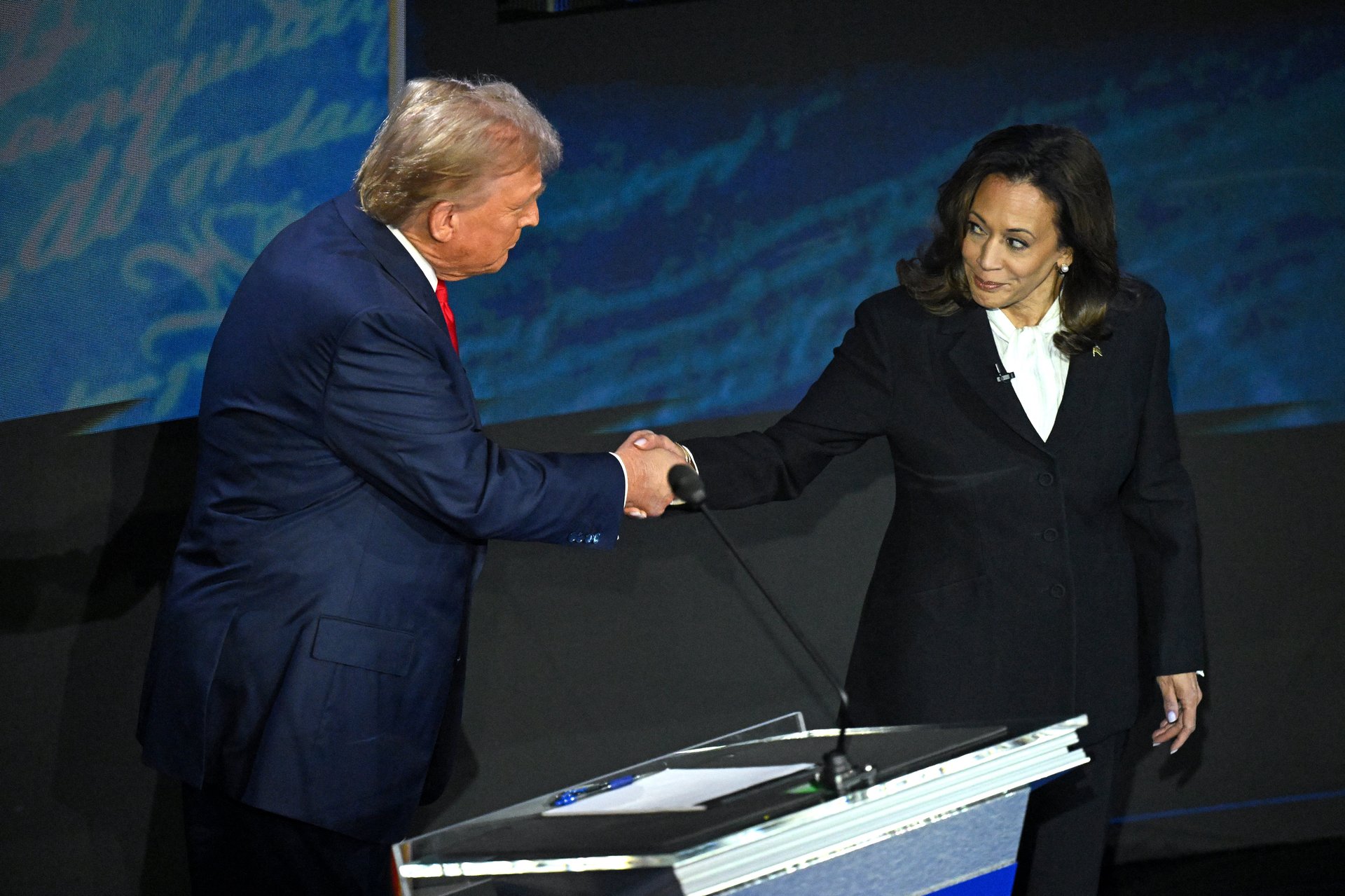
The 10 biggest billionaire donors to Kamala Harris, Donald Trump, and others this election
A record $16 billion is expected to be spent on federal elections this cycle

A record $16 billion is expected to be spent on federal elections this cycle
Politics is expensive. That goes double for election years.
Overall, federal election spending is expected to breach the $15.9 billion record set in 2020, according to OpenSecrets, a nonprofit that tracks campaign spending and lobbying.
That’s a jaw-dropping amount of cash — and doesn’t even factor in state campaigns. An election set in Wisconsin’s 8th Senate District, for example, raised $7.1 million, making it the most expensive race in the state legislature’s history. The previous record, set in 2020, has been beaten eight times this year by Wisconsin state races, according to The Badger Project.
On the federal level, just 16% of cash has come from small donors, OpenSecrets reported on Oct. 8. The remainder has come from major donors able to fling millions of dollars at races that catch their eye.
These are the 10 biggest donors of the 2024 election cycle, according to Federal Election Commission (FEC) records reviewed by Quartz, as well as analyses by OpenSecrets and The Washington Post.
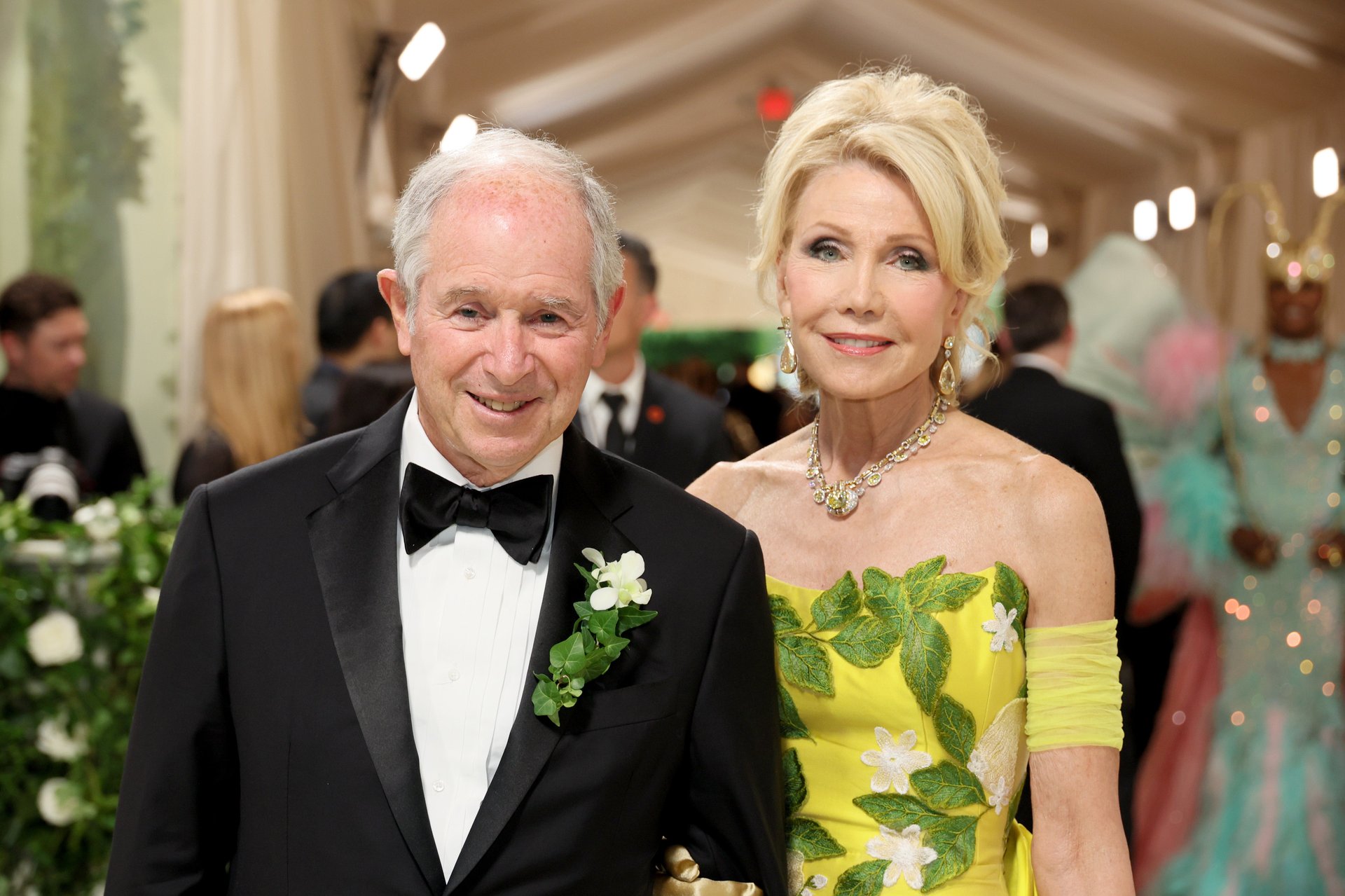
Blackstone CEO Stephen Schwarzman and his wife, Christine Schwarzman, a lawyer and theatrical producer, are big donors, giving some $40 million to political causes this election cycle.
That includes $9 million to the pro-Republican Senate Leadership Fund and $8 million to More Jobs, Less Government, a super PAC backing Montana Senate candidate Tim Sheehy against Democratic Sen. Jon Tester. The Schwarzmans have also donated $4.5 million to the Great Lakes Conservatives Fund (GLCF, Inc.) super PAC supporting Mike Rogers, a Republican running to represent Michigan in the Senate.
In May, Schwarzman said he would support former President Donald Trump, turning his back on his previous call for a “new generation of leaders” after the 2022 midterm elections. Schwarzman had previously supported Trump but withdrew support after his chosen candidates were largely defeated that year.
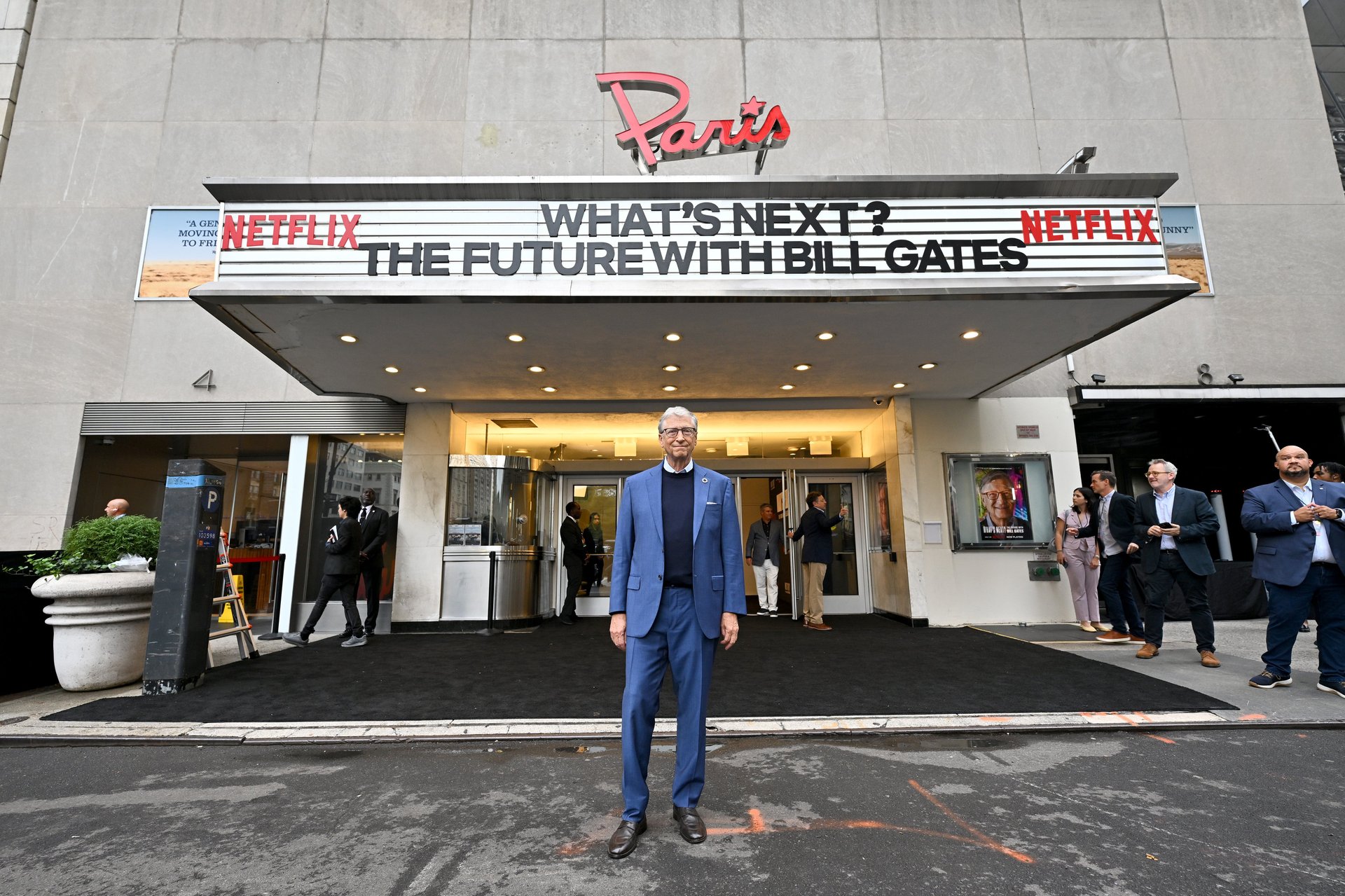
Microsoft founder and ex-CEO Bill Gates has made one major donation this election cycle: a $50 million contribution to Vice President Kamala Harris.
The donation, which was meant to be private, was first reported by the New York Times last month. The money went to Future Forward, the main outside fund-raising group supporting Harris, through its nonprofit arm, Future Forward USA Action, which doesn’t disclose its donors.
Gates, who co-founded the Bill & Melinda Gates Foundation and has a net worth of $103 billion, told the Times in a statement that he supports candidates “who demonstrate a clear commitment to improving health care, reducing poverty and fighting climate change in the U.S. and around the world.”
He recently said he wanted to raise taxes for 70% of the U.S.’ wealthiest Americans, telling The Independent that he is a “huge believer in estate tax and more progressive taxation.”
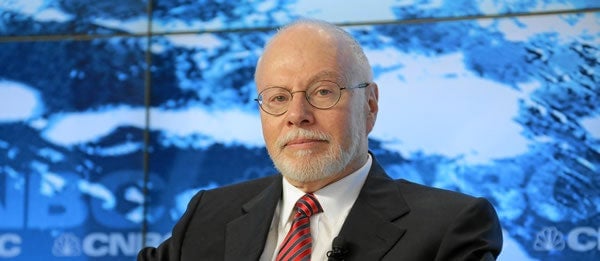
Singer is the chairman of the think tank Manhattan Institute for Policy Research, has sat on the board of the magazine Commentary, and backed the Washington Free Beacon. Business leaders have given almost $200 million to the Manhattan Institute in recent years, Bloomberg News reported in June.
Singer has given some $27 million to the Senate Leadership Fund, $14.5 million to the Congressional Leadership Fund, and $5 million to the pro-Trump Make America Great Again, Inc. Each of those groups supports Republican causes, namely electing candidates to Congress and the White House.

Billionaire Michael Bloomberg is one of the few donors who have given as much to support Democrats as other wealthy individuals have Republicans.
Until recently, Bloomberg had donated just $47 million to efforts supporting Harris’ election bid. However, Democrats close to him recently convinced him to support Harris’ campaign with a $50 million donation to a nonprofit supporting her candidacy. He has also given millions of dollars to a group supporting Democratic House candidates and Everytown-Demand a Seat PAC, which supports pro-gun-control candidates.
In an op-ed, Bloomberg, the 13th richest person in the world, said Harris recognizes the need for comprehensive immigration reform and noted that Harris’ “politically motivated” tax policies would do “far less damage” to the economy than her rival’s tariff-heavy and tax-cutting plans. He also pointed to Harris’ stances on climate change, public health, and gun safety as reasons for his support.

Jeffrey Yass helped found Susquehanna International Group in 1987. Since then, that firm has become one of Wall Street’s biggest trading firms, employing more than 3,000 employees across the world and investing in hundreds of private companies.
Yass, a registered libertarian, and his wife, Janine, a charter school founder and advocate, have spent millions of dollars on federal elections this year. All in all, they’ve given at least $96 million.
That includes $35 million to Club for Growth Action, a conservative super PAC, and $10 million to the pro-Republican Congressional Leadership Fund. He’s also given $19 million to Protect Freedom PAC, a super PAC affiliated with Kentucky Sen. Rand Paul that Yass has bankrolled since 2017.
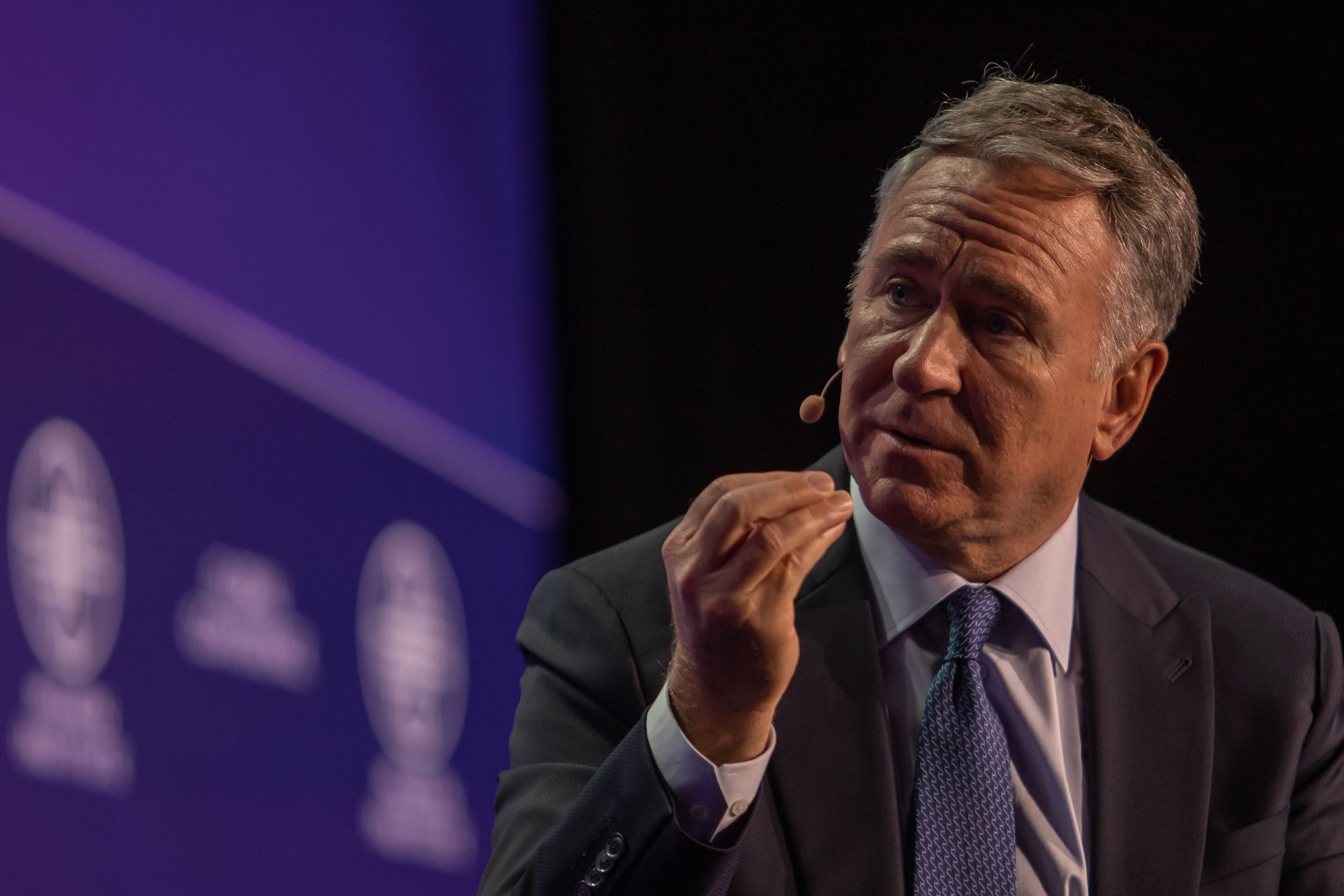
Citadel CEO and Citadel Securities founder Ken Griffin has donated more than $100 million this election cycle, with some of the biggest contributions going to groups supporting Republican Senate and House candidates.
That includes $30 million to the Senate Leadership Fund and $17 million to the Congressional Leadership Fund. He’s also donated $15 million to Keystone Renewal PAC, which is supporting Pennsylvanian Senate candidate Dave McCormick, a former Bridgewater Associates CEO and an official in former President George W. Bush’s administration.
The billionaire has donated hundreds of millions of dollars since 2015 and hasn’t always seen eye-to-eye with Trump, who Griffin thinks will win the presidency. In Florida, where Citadel is headquartered, Griffin has helped fund a campaign against a referendum on legalizing recreational marijuana, Bloomberg News reported. That puts Griffin at odds with a coalition consisting of Trump, “Pot Daddy,” and the cannabis industry.
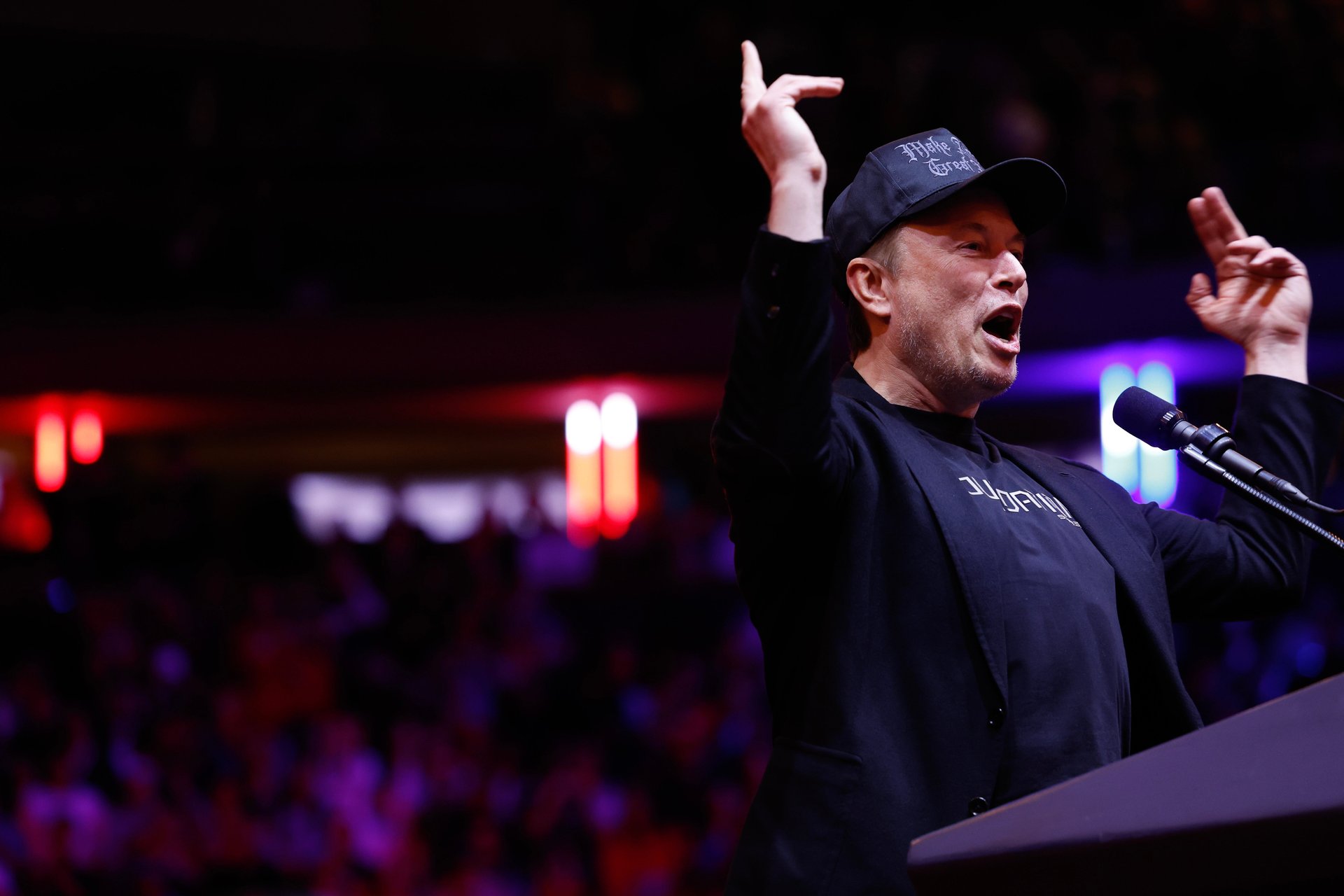
Elon Musk hardly needs an introduction at this point — he’s the wealthiest man alive, the leader of multiple companies, and a potential government employee.
Musk has spent at least $118 million of his own cash on efforts to help Republicans this election cycle, while his America PAC has spent just shy of $150 million to support Trump, according to a Sunday filing. That PAC, which Musk founded earlier this year, has also dropped millions of dollars on Congressional races.
America PAC has been tapped to run Trump’s outreach efforts and canvassing in several key battleground states, but not without controversy. WIRED last week reported that canvassers contracted by the group’s subcontractor, Blitz Canvassing, were flown into Michigan, transported in the back of a seatless U-Haul, and threatened with losing motel accommodations if they didn’t reach goals.
After that report, workers were fired and stranded in Michigan without transportation and were still owed money, WIRED reported Sunday. One canvasser WIRED spoke to was paid only after a recruiter was contacted by the publication. That canvasser — who was also the recruiter’s cousin — texted her soon after: “Please let wired know that you’ve been paid asap.”
Musk and America PAC are also dealing with litigation in Pennsylvania over his group’s $1 million giveaways. Although Musk said the prizes would be awarded “randomly” to people who signed a petition, his team argued in court Monday that the giveaways are not a lottery and $1 million is a salary they “earn” by becoming an America PAC spokesperson.
Musk has also donated roughly $12.3 million to groups supporting Republican Senate candidates.
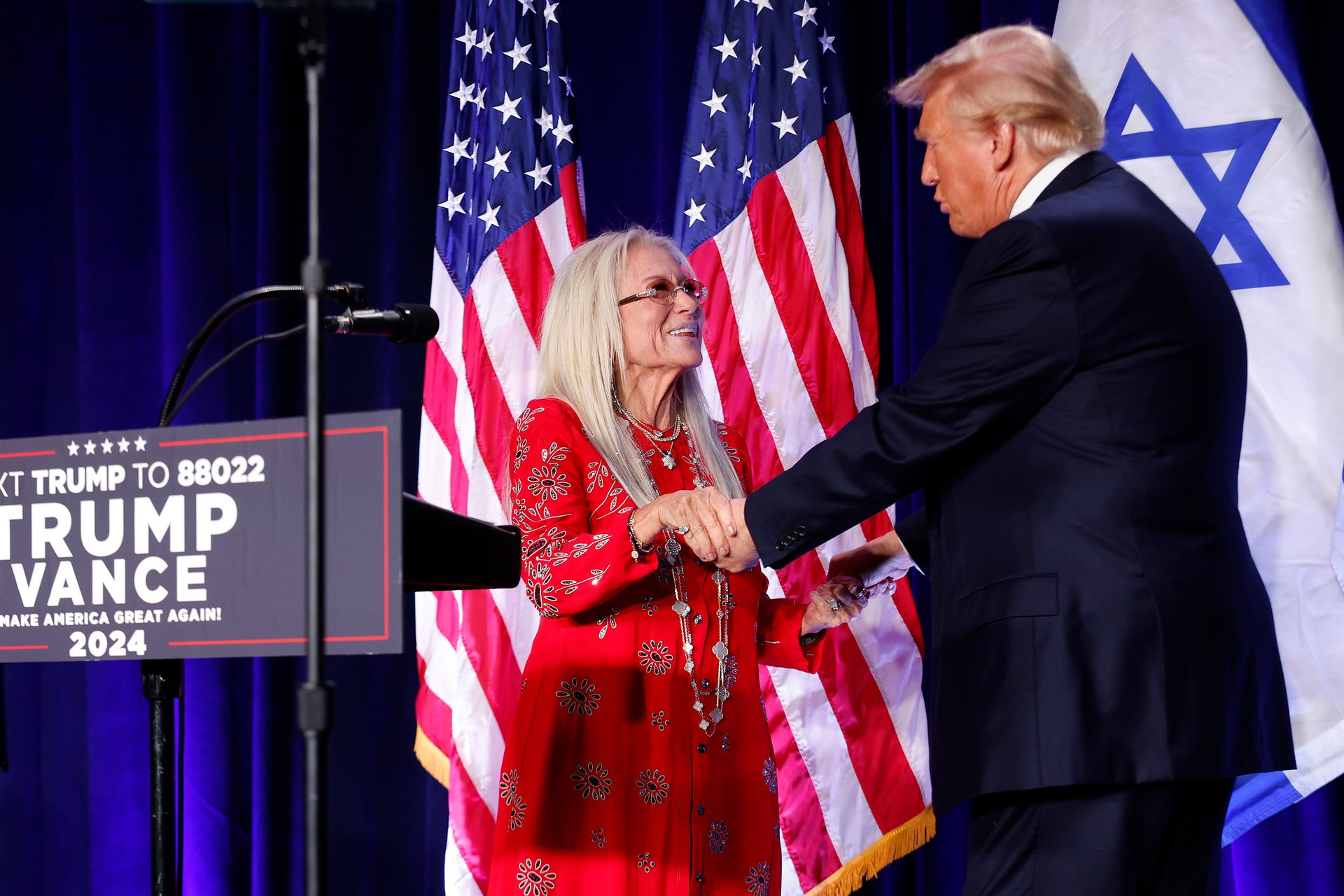
Miriam Adelson, a physician and the widow of casino magnate Sheldon Adelson, has continued to donate massive sums of money in recent years.
She has given $100 million to the pro-Trump Preserve America PAC and has given $15 million to the Senate Leadership Fund and $9 million to the Congressional Leadership Fund, both of which support Republicans running for Congress. In 2018, Trump awarded Adelson with the Presidential Medal of Freedom alongside Elvis Presley and Supreme Court Justice Antonin Scalia, who received their medals posthumously.
The Israeli-born Adelson is thought to have helped push Trump to move the U.S. embassy in the country to Jerusalem. According to The New York Times, she has been “fiercely hawkish” on Israel and would likely help shape a potential Trump administration’s position on the current conflict. Last November, she argued that critics of Israel “are our enemies” and “should be dead to us.”

Richard and Elizabeth Uihlein, the founders of Wisconsin-based shipping and packaging materials company Uline, are some of the biggest donors to Republican causes.
They’ve donated at least $76 million this cycle to Restoration PAC, a conservative group that “opposes Leftists and the woke agenda,” according to its website. They’ve also given $19 million to Club for Growth Action, a conservative super PAC that touts its work helping Republicans such as Sen. Paul and Lousiana Gov. Jeff Landry. The Uihleins have also given $10 million to the pro-Trump Make America Great Again, Inc.
The Uihleins have backed candidates across the U.S. — from 2022 Pennsylvania gubernatorial candidate Doug Mastriano to former Texas Rep. Louie Gohmert — as well as backed election denial claims. In 2023, they were involved in both the battle to lead the Republican National Committee and for U.S. House speaker. The latter was through Club for Growth, which is backed mostly by the Uihleins and Yass.
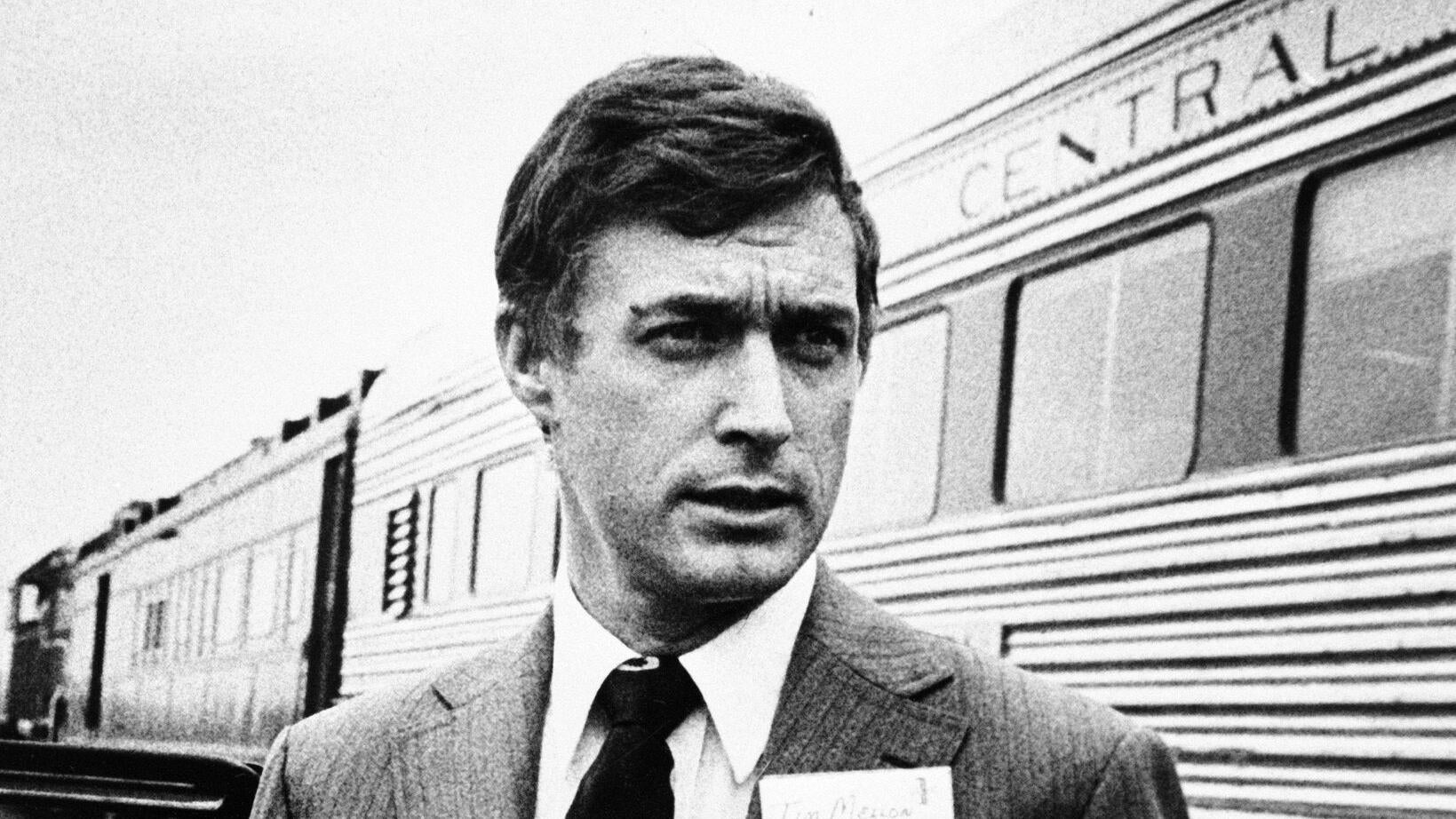
Timothy Mellon, the grandson of former Treasury Secretary Andrew Mellon and heir to the Mellon banking empire, has emerged as the biggest political donor of the 2024 election cycle.
Mellon has given almost $200 million to Republican candidates and former independent candidate for president Robert F. Kennedy Jr., who has since backed Trump. Kennedy, who Trump has promised to put in charge of public health initiatives and recently said he would push to remove fluoride from drinking water, was given $25 million by Mellon.
Mellon donated another $15 million to the Congressional Leadership Fund, which supports Republican House candidates. He contributed some $150 million to Make America Great Again, Inc.
In the 1970s, Mellon was known for giving to charities supporting Native Americans, as well as feminist and ecological causes, the New York Times reported. According to the Washington Post, citing his autobiography, he voted for Democrats such as Jimmy Carter, George McGovern, and Lyndon B. Johnson and supported civil rights.
By 2014, he was found in online chat rooms comparing climate change scientists to the terrorist group ISIS and had engaged in legal disputes over claims he had identified Amelia Earhart’s skull and other body parts, according to reports.
Mellon became known as someone who specialized in acquiring troubled companies, including railroads and an airline, and trying to turn them around. His companies repeatedly ran into trouble with regulators over environmental and safety violations. In 2020, he announced a sale of Pan Am Railways to CSX, which was left rebuilding a neglected railway.
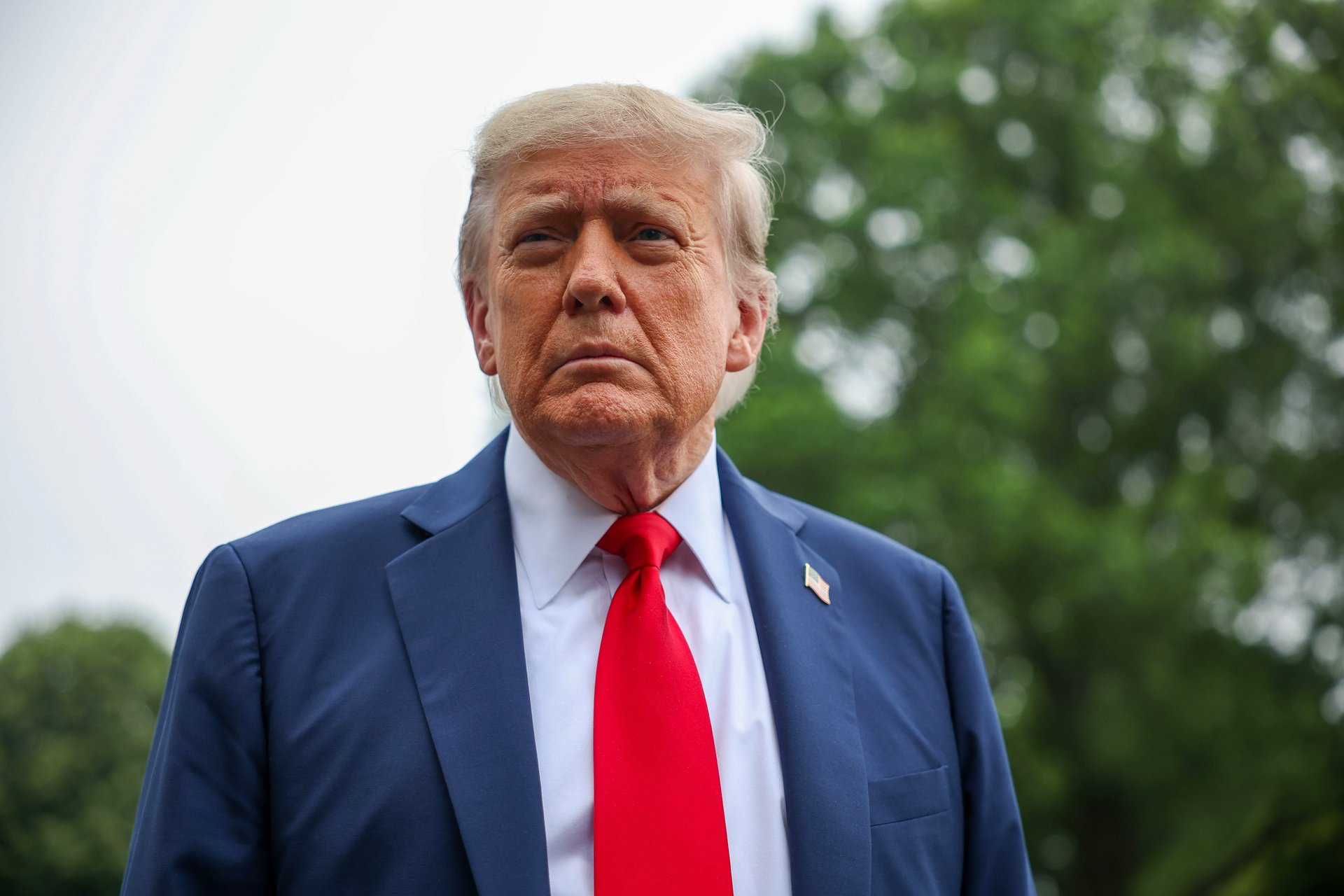
Good morning, Quartz readers! We’re off today for Juneteenth, so there will be no Daily Brief tomorrow. Visit qz.com for coverage, and we’ll be back in your inbox Monday morning.
Still time to rate and see. The Fed announced that it’ll continue to hold interest rates steady as inflation shows signs of cooling but remains above the central bank’s target.
Jerome alone. President Donald Trump remains frustrated with Fed Chair Jerome Powell for not bowing to his longstanding pressure campaign; “I think he hates me,” Trump said.
The U.S. has trust issues. Social Security’s trust fund could soon run out of money — by 2033 — and prompt a benefit cut, jeopardizing benefits unless Congress steps in.
Jet lagging. Airlines are cutting ticket prices as travel from Europe to the U.S. is down, another rough sign for a U.S. travel industry that already faces a multibillion-dollar deficit.
A crude awakening? As the conflict between Israel and Iran worsens, gas prices in the U.S. are rising incrementally, but a supply disruption could soon send costs soaring.
Brains on the blockchain. Sam Altman claimed that Meta has offered OpenAI’s top talent $100 million signing bonuses to jump ship for Mark Zuckerberg’s AI ventures.
Outlook: not great. Microsoft is planning to cut thousands more jobs (mostly in sales) to cut expenses as the company continues to spend heavily on AI investments.
Donald Trump has never been shy about calling his political rivals “communists,” “Marxists,” or — in Kamala Harris’ case — “Comrade Kamala.” But in office, Trump has governed less like Adam Smith and more like a populist in a capitalist costume.
According to the president, he sets the prices. “I am this giant store,” he told Time, likening the U.S. economy to a retail empire under his control. “I own the store, and I set prices.” That philosophy has been more than metaphor: Trump has pressured companies such as Apple and Walmart not to pass on tariff costs to consumers, threatened automakers over offshoring, and handed farmers government bailouts to cushion his trade wars. He’s even dangled executive orders to rein in Big Pharma’s drug prices — a move that might make Bernie Sanders blush.
But the pièce de résistance? Last week, Trump unveiled a perpetual “golden share” in U.S. Steel as part of its sale to Japan’s Nippon Steel. The unprecedented move gives Trump veto power over key business decisions — how much steel is produced, whether jobs stay in the U.S., and more — long after the deal closes. “We have a golden stock… which I control,” he bragged.
That level of government control over a private company’s production, hiring, and future is rare in the U.S. — and not something typically championed by a self-described capitalist crusader. “This is, in a very elaborate way, nationalizing U.S. Steel,” said Douglas Holtz-Eakin of the American Action Forum. “That’s a lot like being a Peronista from Argentina.”
Trump’s economic doctrine isn’t socialism as Karl Marx imagined it, but it is a brand of economic interventionism more common in places like China and Brazil, where governments hold “golden shares” in strategic sectors. And while traditional socialism focuses on redistributing wealth downward, Trump’s policies — from tariffs to tax cuts — appear to have the opposite effect. Quartz’s Joseph Zeballos-Roig has more on Trump’s invisible hand — now with more micromanaging.
Congratulations to the Class of 2024: Over 1,000 Americans became millionaires every single day last year, per the just-released UBS Global Wealth Report. Fueled by a record-breaking stock market and the ever-rising tide of asset prices, global wealth rose 4.6% overall — but North America did the heavy lifting.
The U.S. alone saw an 11% gain in household wealth, powered by a 25% jump in the S&P and a Nasdaq rally that put 2021 to shame.
The fastest-growing cohort? “Everyday millionaires,” or EMILLIs — UBS’ shorthand for people with $1–$5 million in assets. There are now 52 million of them globally, up fourfold since 2000 and holding a collective $107 trillion. That’s nearly as much as the entire ultra-rich club (those with over $5 million), who collectively hold $119 trillion.
Even the billionaire club bulked up slightly, with UBS counting just under 3,000 worldwide. But the real money movement is coming. The long-heralded “Great Wealth Transfer” — roughly $83 trillion in assets expected to change hands over the next two decades — has already begun, and it’s likely to shift financial power dynamics in a major way. One early winner: Women, who are set to inherit at greater rates due to longevity and double-dip inheritances (from spouses and parents).
It’s yet another reminder that income doesn’t equal wealth. In fact, many countries with higher average salaries rank surprisingly low in wealth, thanks to limited asset accumulation. The report suggests that wealth-building is less about a paycheck and more about what you inherit — or how early you bought into Apple. Quartz’s Catherine Baab has more on the rich getting richer — and slightly more common.
💸 The Senate just passed a major cryptocurrency regulatory bill
⏱️ Trump extended the deadline to sell TikTok’s U.S. business — again
⚡ Texas Instruments will invest $60 billion in domestic chipmaking
🚗 Amazon’s robotaxi competitor, Zoox, has taken a big step forward
⁉️ Workers aren’t happy with Andy Jassy’s suggestion that AI is coming for jobs
🎮 The Nintendo Switch 2 has boosted the company’s market cap by $39 billion
Our best wishes on a safe start to the day. Send any news, comments, and more to [email protected].
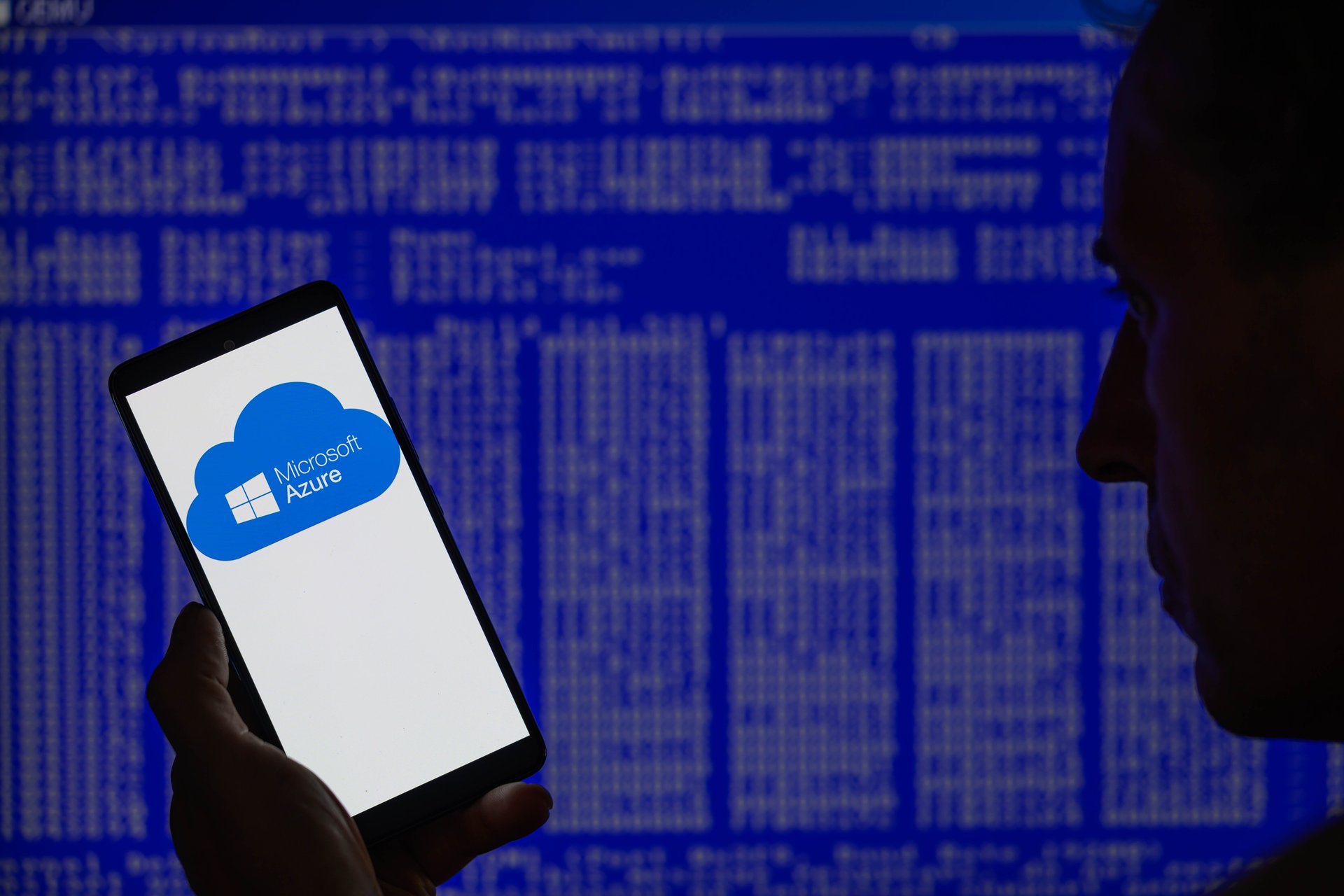
The company has been cutting jobs all year while spending big on AI and seeing its stock soar
Thousands of Microsoft sales employees are expected to be laid off next month, according to a new report — during a year in which the company invested heavily in AI.
The software giant is looking to make cuts at the end of its fiscal year in July, Bloomberg reported, citing unnamed sources familiar with the matter. The cuts are expected to hit sales departments heavily, but not exclusively. In June 2024, Microsoft had 45,000 employees in sales and marketing.
Hints first came in March, when the company axed almost 2,000 workers for performance reasons. In April, the writing was on the wall for the sales department: Bloomberg reported Microsoft would rely more on third-party firms to sell to small and mid-sized clients.
A month later, it laid off almost 7,000 employees, or 3% of its entire workforce, with cuts coming mostly from product and engineering positions. At that point, Microsoft said it was working to reduce layers of management and adjust its structure amid ongoing platform shifts.
Microsoft stock hit an intraday record just two weeks ago, on June 5, its highest point since 2024. That followed a series of announcements that signaled how deeply AI is baked into the company's business.
Earlier this year, Microsoft committed to spending $80 billion in fiscal 2025 — most of it on AI-enabled data centers. That’s a figure that suggests CEO Satya Nadella sees AI as Microsoft’s cloud moment all over again. And the market seems to agree.
The marketing department, or what’s left of it, might not.
—Shannon Carroll contributed to this article.
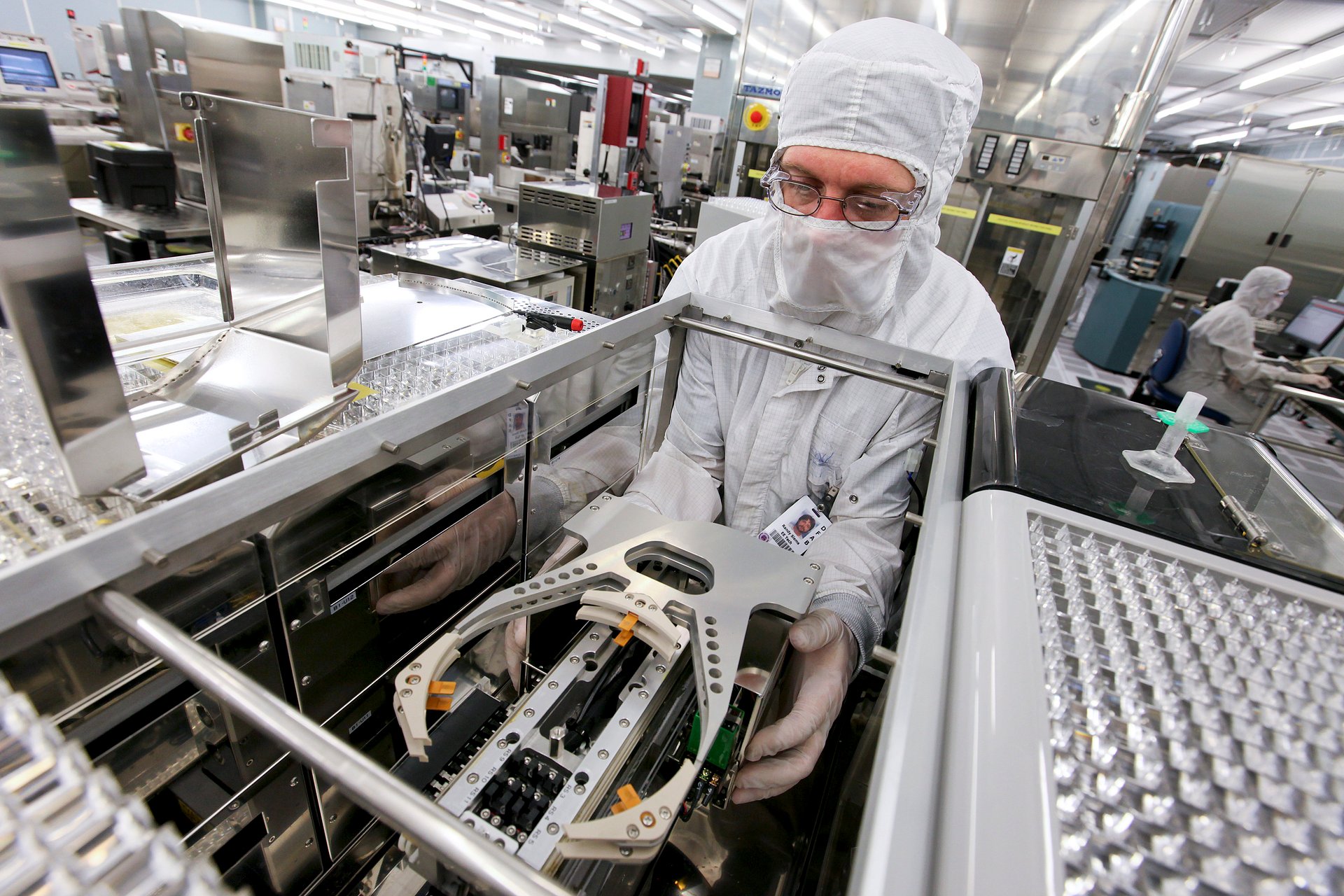
The company will expand its operations in Utah and its home state of Texas
Texas Instruments is investing $60 billion in seven semiconductor fabrication plants, or “fabs,” which the company says is the largest such investment in U.S. history. The seven fabs will be spread across three sites in Texas and Utah, creating 60,000 new jobs.
The move comes as part of the “onshoring” movement, which started under Joe Biden’s administration and continues under President Donald Trump, in response to Asian dominance in the semiconductor industry. Semiconductors are essential components in vehicles, computers, smartphones and other key components of modern life.
Texas Instruments CEO Haviv Ilan said in a press release, “Leading U.S. companies such as Apple, Ford, Medtronic, Nvidia and SpaceX rely on TI’s world-class technology and manufacturing expertise, and we are honored to work alongside them and the U.S. government to unleash what’s next in American innovation.”
Secretary of Commerce Howard Lutnick praised the investment, as did Apple CEO Tim Cook and Nvidia CEO Jensen Huang. Ford CEO Jim Farley said, “At Ford, 80% of the vehicles we sell in the U.S. are assembled in the U.S., and we are proud to stand with technology leaders like TI that continue to invest in manufacturing in the U.S.”
TI currently has two fabs in the Dallas area. The first, in Richardson, dates back to 2009. The company in 2022 broke ground on a new one in Sherman, which will begin production later this year. Three more fabs are planned for Sherman in the coming years. There is currently one fab in Lehi, Utah, just south of Salt Lake City, with a second under construction there.
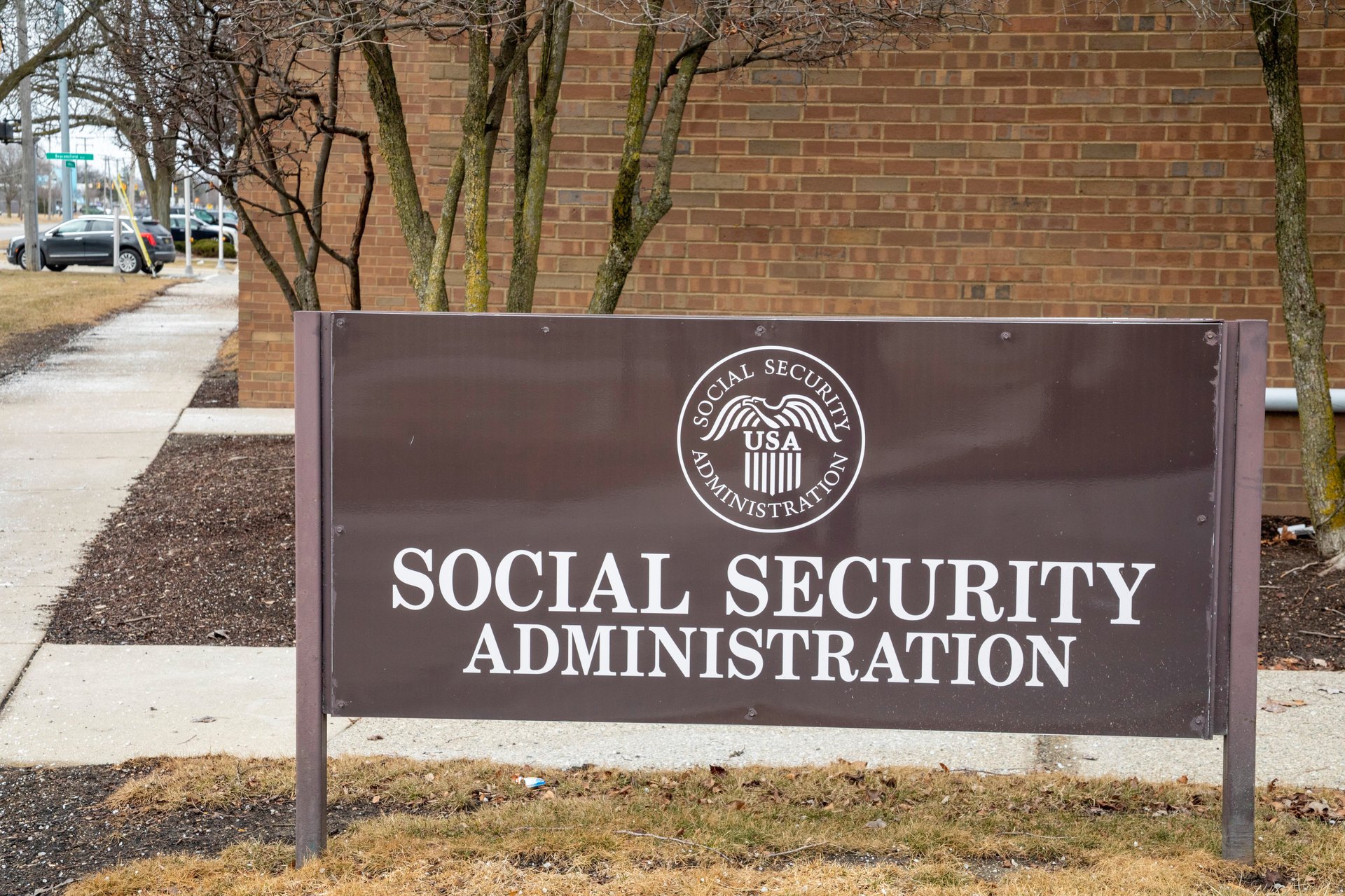
The trustees warned that Social Security's depletion date moved up by two years since the previous report
The Social Security trust fund will run out of federal cash in 2033 and prompt a benefit cut without Congress stepping in to fortify the program, per a new trustees' report released Wednesday.
The trustees warned that Social Security's depletion date moved up two years from last year's report, which predicted it would run out in 2035. That's partly due to a bipartisan law signed by outgoing President Joe Biden earlier this year to increase benefits for retired police officers, teachers, and other public-sector officials who held jobs not covered by Social Security. The trustees also projected slower earnings' growth for workers in the next ten years.
The trustees estimated that Medicare trust fund financing hospital insurance will run dry in 2033 — three years earlier than projected last year.
Nonpartisan budget watchdogs said Congress needs to address the looming shortfalls affecting both Social Security and Medicare in the near future to prevent a disruption in benefit payments. If Social Security goes insolvent, retirees face a 23% automatic benefit cut.
"Social Security and Medicare won’t even be able to pay full benefits to current retirees – they will be insolvent when today’s 59 year olds reach the full retirement age and today’s youngest retirees turn 70," Maya McGuineas, president of the Committee for a Responsible Federal Budget, said in a statement. "Where is the sense of urgency?"
Extending the lifespan of the program will likely require a mix of higher taxes and benefit adjustments. Many Democrats favor removing the payroll tax cap, which limits Social Security taxes to the first $176,100 of a person's wages.
Another expert argued for policymakers to intervene sooner rather than later. "Smaller, earlier adjustments can protect vulnerable retirees and preserve the system," Romina Boccia, the director of budgets and entitlement policy at the Cato Institute, wrote on X. "Delay guarantees steeper cuts and heavier tax and debt burdens."

The decision and surrounding reasoning, widely expected by markets, leaves the federal funds target rate at its current range of 4.25% to 4.50%
The Federal Reserve held interest rates steady Wednesday, defying pressure to cut them and sticking to a wait-and-see strategy as inflation shows signs of cooling — but remains above target.
"Although swings in net exports have affected the data, recent indicators suggest that economic activity has continued to expand at a solid pace. The unemployment rate remains low, and labor market conditions remain solid. Inflation remains somewhat elevated," the Fed statement read.
The decision and surrounding reasoning, widely expected by markets, leaves the federal funds target rate at its current range of 4.25% to 4.50%. Futures traders going into the meeting priced in less than a 1% chance of a cut so are unlikely to be surprised by the announcement.
Looking ahead, the Fed continues to expect two rate cuts this year.
The Fed’s latest “dot plot” shows a clear shift toward caution, with consensus narrowing and hawkish expectations widening. Just 10 of the 19 officials now foresee at least two interest rate cuts in 2025, down from a greater majority in March. Seven expect no cuts at all, up from just four. At the same time, policymakers revised their inflation outlook higher, projecting that core inflation will remain elevated through year-end.
In his remarks and answers to media questions, Powell noted “trade policy concerns” among officials, said he expects GDP to slow, and spoke of tariffs’ effects as only just beginning to be seen, in part because no one quite knows where the effective tariff level will land. He reiterated that tariffs will push up prices, though “that process is very hard to predict,” and “we’d like to get some more data” before attempting to mitigate price pressures.
Asked directly about insults lobbed by the White House, Powell said that ensuring the health of the American economy is "all that matters to us."
If the Fed’s decision isn’t surprising, the political backdrop remains extraordinary.
President Donald Trump has repeatedly called for immediate rate cuts to support the economy amid trade tensions — and has personally targeted Fed Chair Jerome Powell, whom he had appointed in 2017, calling him a “FOOL” on social media, with further comments on Wednesday.
But Powell and his colleagues have held firm, citing inflation expectations and the still-fragile global outlook. While headline inflation has moderated, it remains above the Fed’s 2% target. And Trump’s various rounds of tariffs since assuming office early this year— announced piecemeal and often unpredictably — has introduced new volatility into supply chains and price forecasts.
“We don’t feel like we need to be in a hurry,” Powell said in May. “We feel like it’s appropriate to be patient.”
That patience, of course, comes with risks. U.S. GDP contracted in Q1 and may do so again in Q2. Job growth is somewhat sluggish. And while the market has bounced back from its April “Liberation Day” lows, consumer sentiment remains uneasy. Meanwhile, Fed officials appear more concerned about reigniting inflation than about being seen as unresponsive.
The central bank’s credibility — and the value of its independence — may be its most powerful tool right now.
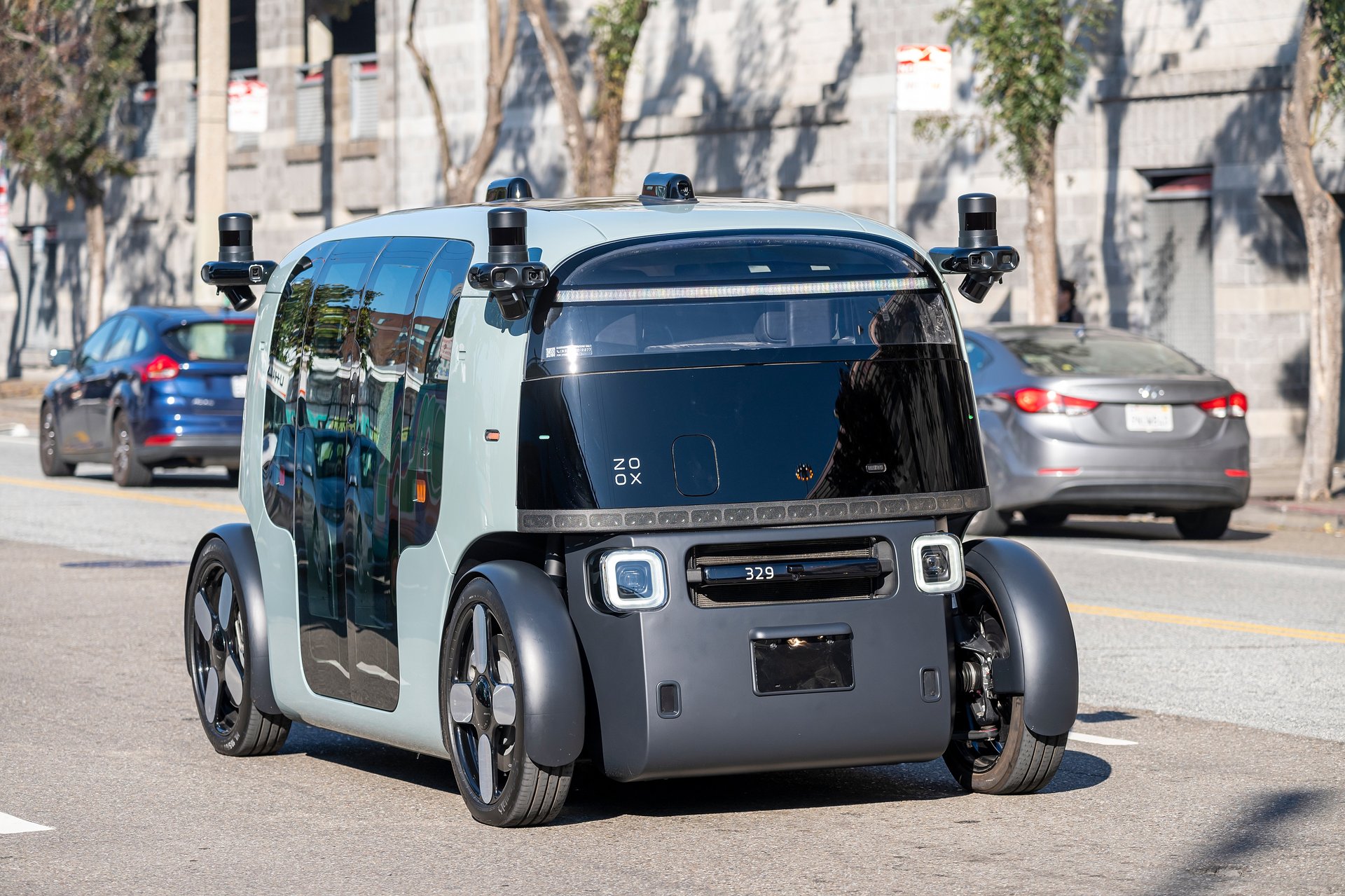
The plant will make 10,000 cars annually, taking the self-driving race up a gear.
Zoox—Amazon’s autonomous vehicle subsidiary—has officially launched its inaugural robotaxi production facility in Hayward, California, the company announced Wednesday.
At 220,000 square feet—the equivalent of 3.5 American football fields—the plant will be capable of assembling over 10,000 cars annually.
The Hayward facility marks a pivotal moment for Zoox as it transitions from limited testing to large-scale production—and primes Amazon to vie head-to-head with the established players in the robotaxi arena.
More than 20 Zoox prototypes are currently undergoing testing across U.S. cities, as the company prepares to launch its commercial service in Las Vegas later this year. San Francisco is among its test cities, and it plans to onboard public riders here first.
"This expansion, plus the anticipated demand once rides open up to the general public, and additional market entrances in the coming years warrants this increase in robotaxi production," Zoox said in a statement.
What sets Zoox apart from its rivals is its bespoke vehicle design—animated more like “gondolas on wheels.” The cars forsake conventional steering wheels and pedals, a stark departure from retrofitted models used by Waymo and Tesla.
While the plant notches Zoox's position in the robotaxi race up a gear, it's still miles behind its competitors.
Alphabet’s Waymo, was the first to put a fully driverless taxi on the road. It operates a fleet in multiple U.S. cities, including Phoenix, San Francisco, and parts of Los Angeles and Austin. They’re coming to Atlanta, Miami, Washington, D.C., and even Tokyo soon. As of mid-2025, Waymo is providing millions of driverless rides per quarter, with consistent safety records and publicly available data.
Tesla is also poised to launch its robotaxi service on June 22, starting with modified Model Y vehicles, before later introducing a wheel-free “Cybercab.” Thus, this month's launch isn’t a fully autonomous debut. The Model Y vehicle will be equipped with the company’s full self-driving (FSD) software, and each will be monitored by human operators ready to intervene remotely if things go sideways. This falls short of CEO Elon Musk’s vision for fully driverless Teslas commanded by AI alone.
“The overwhelming focus is on solving full self-driving. That’s essential. It’s really the difference between Tesla being worth a lot of money or worth basically zero,” Musk said in 2022.
However, for all three companies, obstacles persist on the road to a driverless future. Headwinds range from high production costs and regulatory red tape, to federal probes into safety incidents. For example, Zoox issued a voluntary software recall following a non-fatal crash in Las Vegas last month.
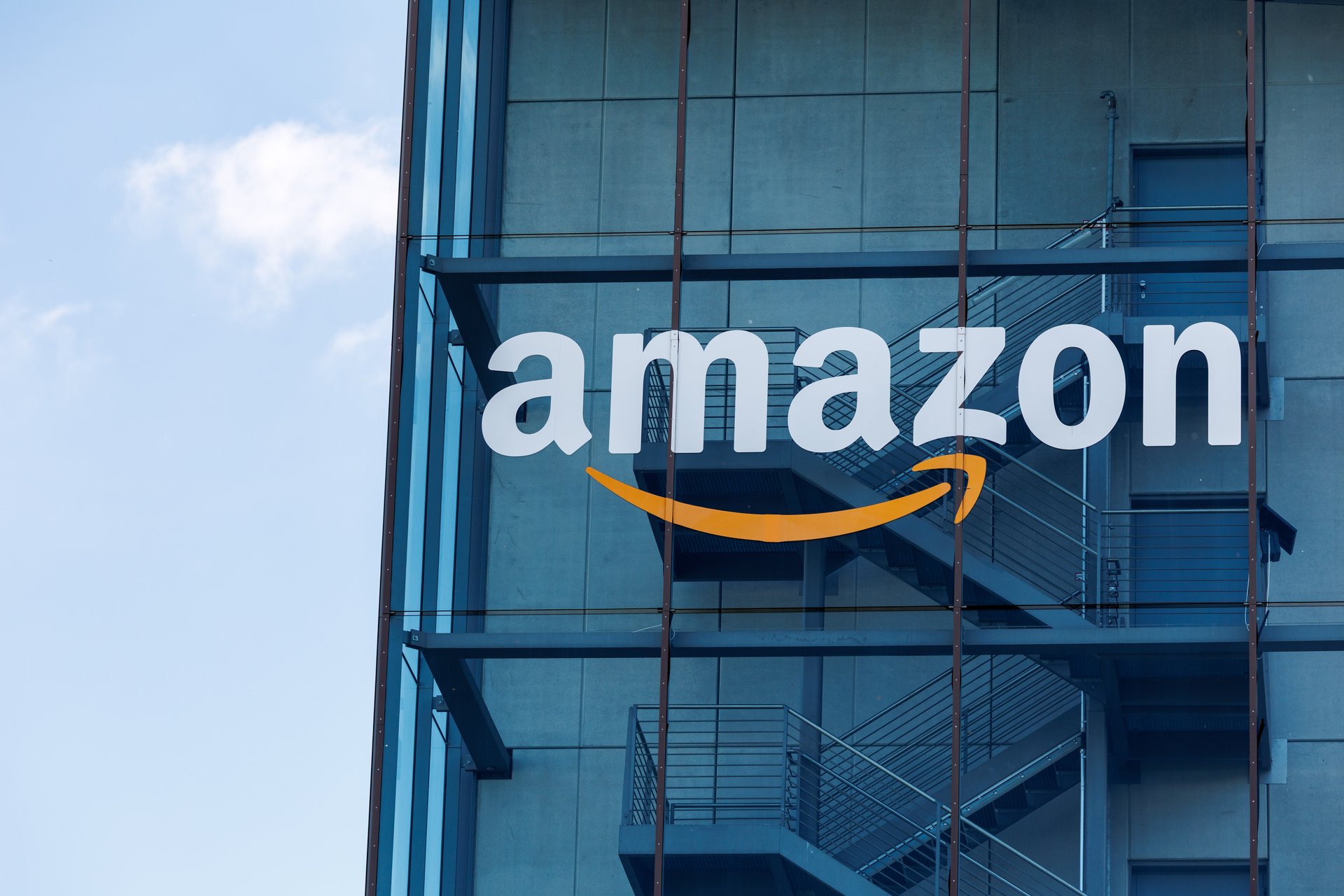
After CEO Andy Jassy said in an email that AI would likely drive a workforce reduction, employees took to Slack to express their frustrations
Amazon’s corporate workforce woke up Tuesday to a not-so-cheery note from CEO Andy Jassy: The AI era is here — and your job might not be.
That didn’t go over well internally.
According to Business Insider, white-collar employees pushed back — hard — across internal Slack channels. In messages viewed by the publication, some employees called the message demoralizing; others accused Jassy of prioritizing AI hype over human impact. One employee said there’s “nothing more motivating on a Tuesday than reading that your job will be replaced by AI.”
Another quipped: “At least [Jassy] said the quiet part out loud.”
In a company-wide memo, Jassy had framed generative AI as the engine powering Amazon’s next chapter — from customer service to code writing to warehouse logistics. The technology, he said, is already streamlining operations and enabling new tools such as Alexa+, “Buy for Me,” and a swelling army of over 750,000 warehouse robots. But the efficiency gains, he said, won’t just change how Amazon works — they’ll change who does the work.
“We will need fewer people doing some of the jobs that are being done today,” Jassy wrote, “and more people doing other types of jobs.” That will likely mean headcount reductions on the corporate side; Amazon has already laid off more than 27,000 workers since late 2022.
While a few employees said in messages that middle management could be replaced with AI without consequence — “No one would notice,” someone wrote — the broader sentiment skewed critical. Employees said Amazon is choosing to use AI to reduce staff rather than expand what existing teams can accomplish.
Jassy wrote in his email that research, summarization, anomaly detection, translation, coding, and more will soon be delegated to bots that get smarter over time, leaving humans to “focus less on rote work and more on thinking strategically.”
“Agents will allow us to start almost everything from a more advanced starting point,” he wrote, adding that they’ll “change the scope and speed at which we can innovate for customers.” Jassy encouraged employees to “get more done with scrappier teams,” attend training sessions, and adopt an AI-first mindset. In his words, those who embrace AI and help Amazon build its future will be “well-positioned to have high impact and help us reinvent the company.”
In an annual shareholder letter in April, he had said Amazon needs to operate like “the world’s largest startup,” but in the recent messages, some employees described Amazon’s culture as increasingly focused on cost-cutting, not innovation, and questioned why AI-driven downsizing seems to target the rank and file — not Amazon’s growing executive ranks. “Will it result in less SVPs?” one employee asked.
Another wrote: “This seems to be the [antithesis] of Think Big, and is part of a continual trend that our CEO doesn't seem to have a vision for the company other than ’do what we do today cheaper, and also AI will happen.’”
Amazon didn’t respond to a request for comment.
In the memo, Jassy said employees who embrace the AI-first mindset will be “well-positioned” to help reinvent the company. But the company’s pivot is “dangerous,” one employee wrote, “and it will have real consequences.”
The debate unfolding at Amazon echoes broader tensions in Big Tech. Microsoft, Google, and others are pouring billions into AI while working to reduce their headcount. Startups such as Harvey and Adept are building AI agents meant to handle knowledge work. And leading voices — from Nvidia’s Jensen Huang to Anthropic’s Dario Amodei — have warned that widespread displacement is coming.
At Amazon, that future seems like it could be less theoretical by the day.
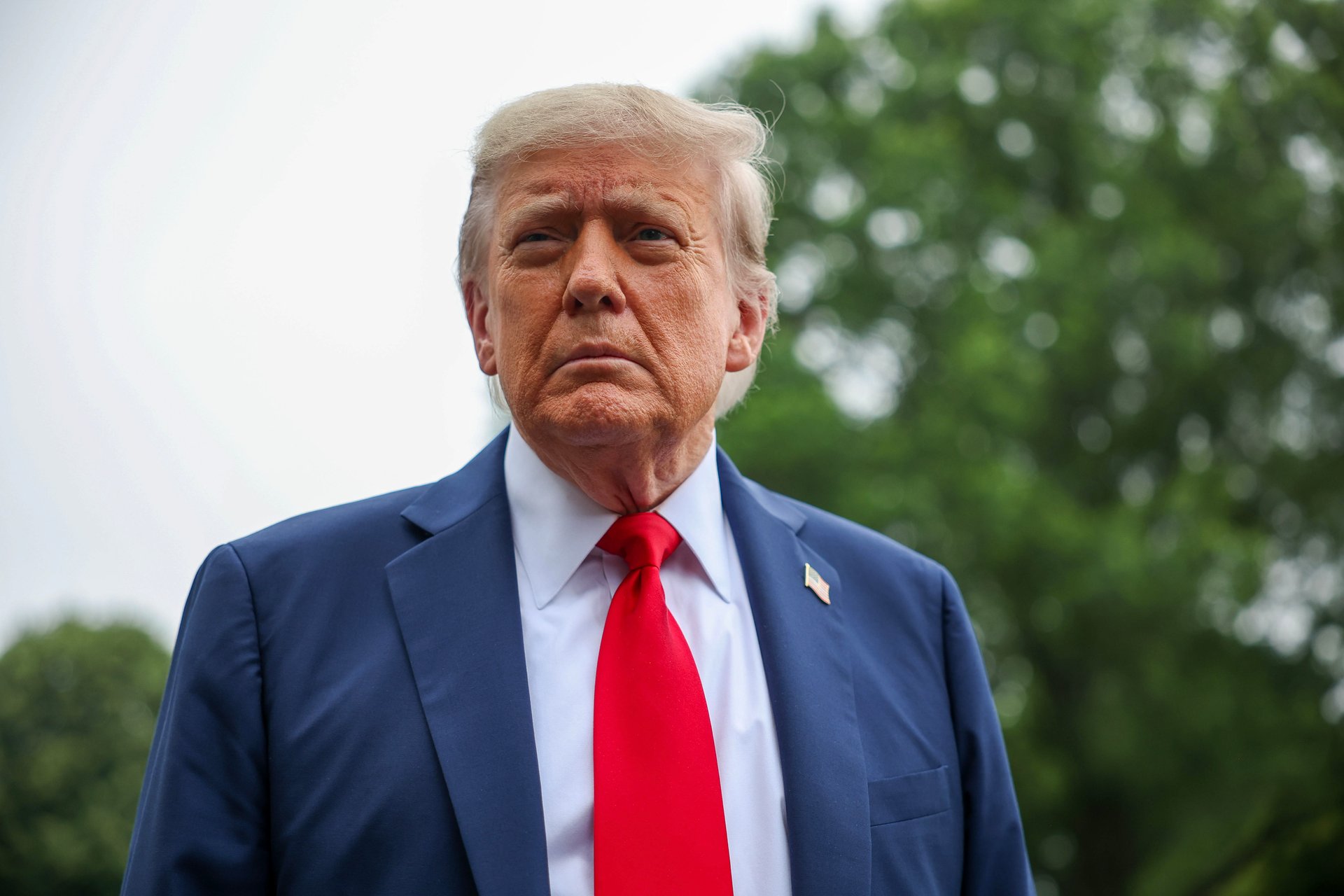
The president insulted Powell anew and toyed with installing himself as Fed leader before the central bank again held rates steady
President Donald Trump is still fed up with the Federal Reserve for not bending to his longstanding and extraordinary pressure campaign.
Ahead of the central bank's latest decision on interest rates, Trump on Wednesday renewed his barrage of attacks against Fed Chair Jerome Powell. He insulted Powell and toyed with the idea of installing himself as Fed Chair. He also said that if he were in the position, he would lower interest rates by 2.5 percentage points.
"We have a stupid person, frankly, at the Fed. He probably won't cut today. ... Maybe I should go to the Fed. Am I allowed to appoint myself at the Fed?" Trump said outside the White House.
Trump continued his freewheeling remarks and said nothing he's done to pressure the central bank has been successful at getting it to lower interest rates. "Now we have a man that just refuses to lower the Fed rate, just refuses to do it," he said. "He's not a smart person. I don't even think he's that political. I think he hates me, but that's okay."
Trump continued: "He should, I call him every name in the book trying to get him to do something. I've been nice to him. I do it every way in the book. I'm nasty, I'm nice. Nothing works. He's like a stupid person."
The Federal Reserve did not immediately respond to a request for comment.
Few are expecting an interest rate cut from the Federal Reserve as it wraps up its two-day meeting. The Fed is sitting tight at the moment to better measure the effect of Trump's policies — including the armada of tariffs he's deployed — on the U.S. economy before deciding to lower interest rates. Inflation is still above the Fed's 2% target. The central bank operates independently.
Trump first nominated Powell to the position in 2017. Powell visited Trump at the White House's request last month in a rare meeting. In a statement following the meeting, the Fed said Powell didn't discuss specifics on monetary policy "except to stress that the path of policy will depend entirely on incoming economic information and what that means for the outlook."

The increases are incremental for now, but a supply disruption in the Strait of Hormuz could make costs soar
Death and destruction in the Middle East have meant rising gas prices in the U.S.
Data from GasBuddy, compiled from more than 150,000 gas stations across the U.S., reports that the average price has gone up 1.1 cents to $3.08 per gallon since Israel and Iran started bombing each other on June 13, although that is still 9.5 cents lower than in May and 32.7 cents lower than this time last year. Diesel prices went up four cents in the last week.
Gas is most expensive in California, Hawaii and Washington; it is cheapest in Mississippi, Tennessee and Oklahoma. The biggest increases in the last week were found in Indiana, Virginia, West Virginia, and Pennsylvania. Prices in Florida fell 11.4 cents.
“As long as tensions in the Middle East continue to escalate, the risk of further impacts on oil prices remains high,” said Patrick De Haan, head of petroleum analysis at GasBuddy. “For now, I expect gas prices could rise by 10 to 20 cents, while diesel could climb 15 to 25 cents in the coming days."
De Haan added that “the situation has the potential to worsen at any moment.”
Though both countries have targeted oil refineries, no supply has yet been disrupted. The biggest concern is if Iran were to block access to the Strait of Hormuz, which connects the Persian Gulf to the Arabian Sea, through which one-third of global seaborne oil passes through.
ING analysts predict that this would bump prices by $120 a barrel, though it might not be in Iran’s strategic interest to do so — particularly due to the risk of angering its biggest customer, China.
In the meantime, U.S. consumers will be subject to a “risk premium,” UBS commodities analyst Giovanni Staunovo told GasBuddy. “Risk premia tend to fade if there are no disruptions,” he added.